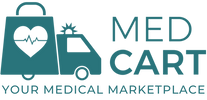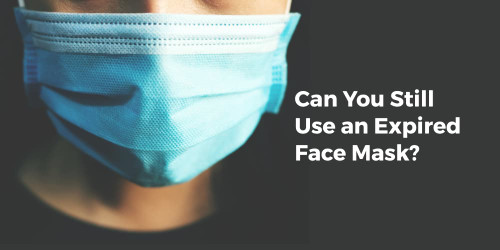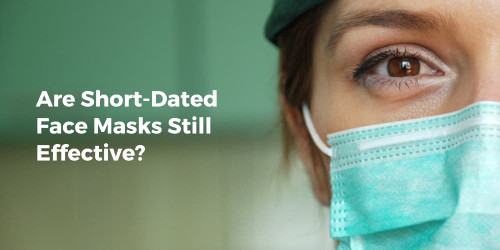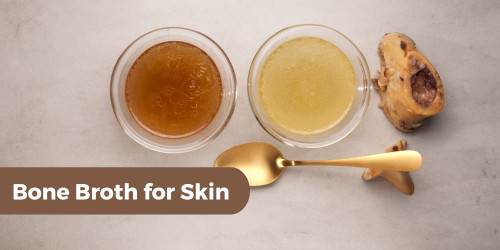Maintaining clean dental equipment is essential for preventing infections and ensuring patient safety. Whether you're a dentist, dental hygienist, or someone using dental tools at home, proper cleaning and sterilization are crucial. This guide will explain the best practices for keeping dental instruments clean and safe.
Why Cleaning Dental Equipment Is Important
Dental tools come into contact with saliva, blood, and bacteria. Without proper cleaning, these tools can spread infections and diseases. Following correct hygiene protocols protects both patients and practitioners from harm.
Steps to Properly Clean Dental Equipment
- Pre-Cleaning: Remove Debris Immediately
Before sterilizing, remove any visible debris from dental instruments. Rinse tools under running water and use a brush to scrub off any remaining particles.
- Disinfection: Kill Bacteria & Viruses
After pre-cleaning, soak the instruments in a hospital-grade disinfectant. This step helps eliminate harmful microbes before sterilization. Ensure that the disinfectant is effective against bacteria, fungi, and viruses.
- Sterilization: The Most Important Step
Sterilization kills all remaining bacteria and viruses. Common methods include:
- Autoclaving – Uses steam and pressure to sterilize instruments.
- Chemical Sterilization – Uses special liquids to disinfect tools.
- Dry Heat Sterilization – Uses high temperatures to eliminate bacteria.
- Proper Drying & Storage
After sterilization, allow the instruments to dry completely before storing them in a clean, closed container. Use sterilization pouches to keep instruments safe from contamination.
Cleaning Specific Dental Equipment
Handpieces & Drills
- Remove visible debris immediately after use.
- Use a cleaning solution designed for handpieces.
- Lubricate if required, then sterilize using an autoclave.
Scalers & Curettes
- Rinse thoroughly after each use.
- Use an ultrasonic cleaner to remove fine particles.
- Sterilize using an autoclave or chemical sterilizer.
Dental Mirrors & Probes
- Wash with soap and water.
- Disinfect using a hospital-grade solution.
- Store in a clean, dry container.
Best Practices for Dental Equipment Hygiene
- Use Personal Protective Equipment (PPE): Wear gloves, masks, and eyewear when handling contaminated tools.
- Follow Manufacturer Instructions: Some tools require specific cleaning solutions.
- Regularly Inspect Equipment: Damaged tools should be replaced immediately.
- Use High-Quality Cleaning Products: Ensure that cleaning solutions and sterilizers meet safety standards.
Recommended Cleaning Products from MedCart Australia
To maintain the highest hygiene standards, consider these products available on MedCart Australia:
- Autoclaves & Sterilizers: Keep dental instruments free from bacteria.
- Disinfectant Wipes & Sprays: For quick surface cleaning.
- Ultrasonic Cleaners: Ideal for deep cleaning dental tools.
- Personal Protective Equipment (PPE): Gloves, masks, and gowns for safety.
Conclusion
Properly cleaning dental equipment is vital for maintaining hygiene and preventing infections. By following best practices, using the right products, and adhering to sterilization guidelines, you can ensure a safe and clean dental environment. Explore high-quality cleaning supplies on MedCart Australia to maintain the best hygiene standards.















